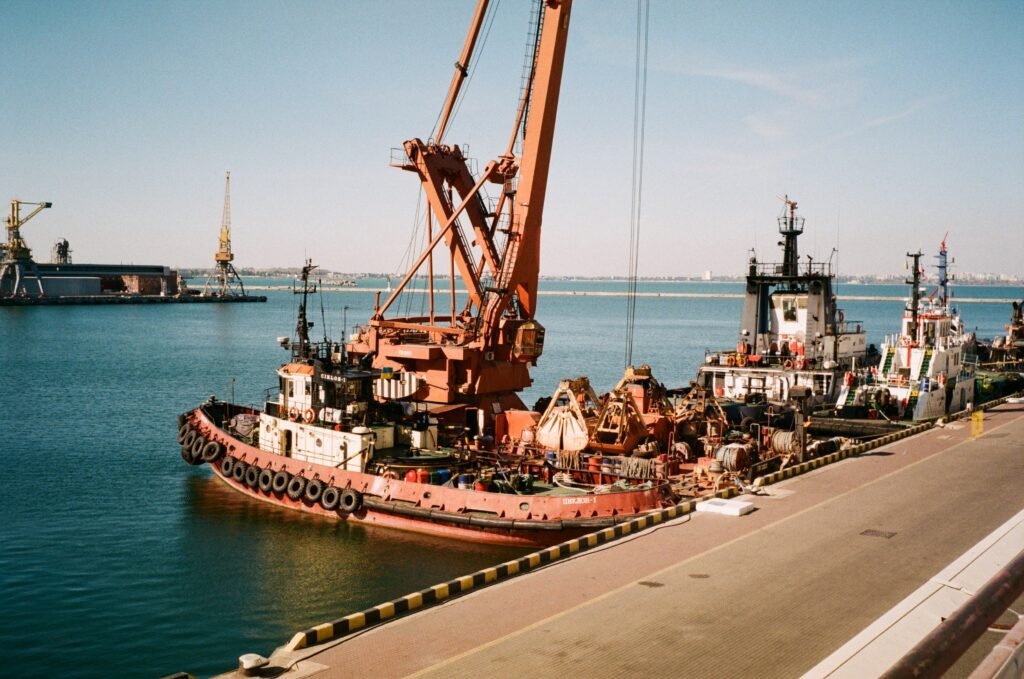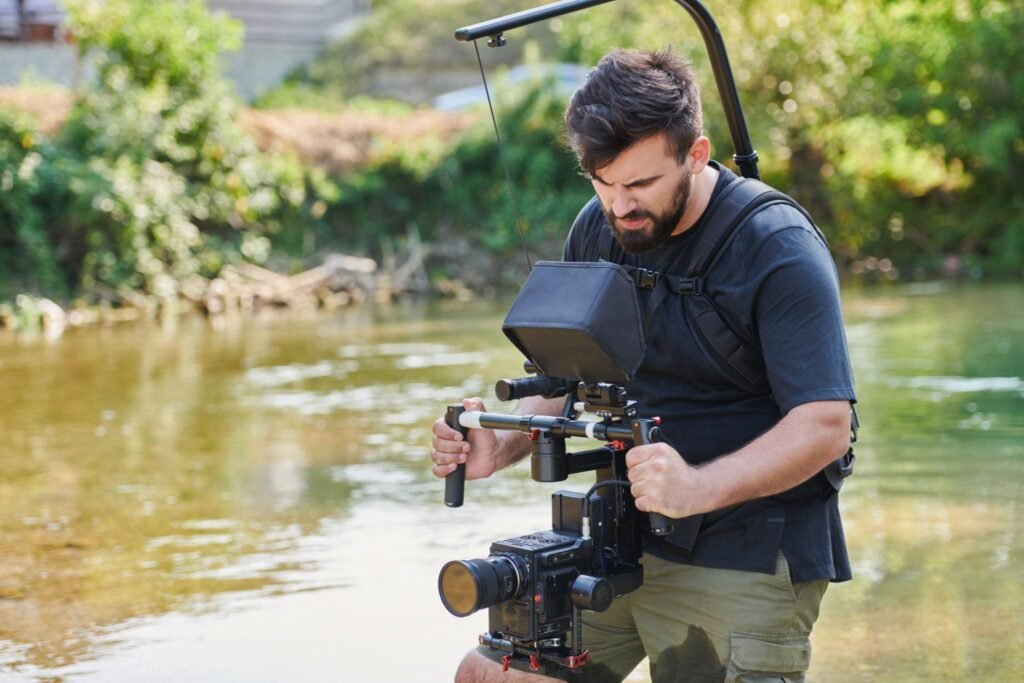
The movie industry in the US is worth about $25.8bn and is expected to increase by more than 3% in subsequent years.
Movies shot on the waterways, seas, and rivers would certainly use watercrafts such as boats, ships, barges, etc. These watercraft are subject to damage or loss.
Apart from that, the members of the production team are also subject to bodily injuries in the course of production— especially in some scenes that require stunts.
For this, certain protection programs by many insurance companies have been established for movie productions to cater to the liabilities that may occur before, during, or after production.
This particular liability insurance program is called movie boat insurance— specific for production activities happening on the waterways and the props related to it.
In this article, we’ll look at what movie boat insurance is and all you need to know about this type of insurance. Read on.
What is movie boat insurance?

Movie boat insurance programs are employed to take care of the liabilities on a single film or TV production that takes place on the waterways.
In a broader sense, it is a comprehensive insurance program that covers watercrafts such as boats, ships, canoes, etc. It also provides coverage for barges, platforms, docks, wharves, piers, and other marine properties used in single movie production.

What are the coverage liabilities for movie boat insurance?
Many insurance companies have different manners of coverings for the loss and damages of a movie production taking place on the marine. Some companies implement the Federal Jones Act and some take coverage of the lives of the entire production crew and properties on the production set.
Also, some companies provide movie boat insurance programs worldwide. However, some provide their services strictly within their country.
The coverage from insurance firms is typically used to take care of a production company’s movie boat, barges, and platforms, either docked or at sail.
Let’s look at the liability covered on the movie boat insurance.
Hull and machinery.
Hull and machinery is a liability coverage program that is part of the insurance. Many insurance firms would offer this. Primarily, hull and machinery protect the fleet owners’ insured vessels or fleets in the course of production.
Filming vessels owned by production companies involved in the production are signed to be protected with an insurable interest in the vessels for repair or replacement of damaged, destroyed, or lost property.
One unique benefit of the hull and machinery feature of filming boat insurance is that it covers all types of watercraft and vessels.
Protection and indemnity.
Protection and indemnity are provided to the insured, i.e, producers and the crew member. But in the movie boat insurance, is commonly known as producers’ indemnity.
In the course of production, this insurance program is primarily provided for situations beyond control. For example, it covers the illness, injury, or death of any crew member or cast, including directors.
Also, it protects the insured against liability of vessel-related exposures and disbursements.
Furthermore, the insurance program takes care of the entire sea location for filming.
Charterers Legal Liability.
During film production at sea, production companies and vessel(s) owners are entitled to Charterers Legal Liability coverage— although a type of marine operations insurance—it also covers movie boat insurance programs. It is designed to provide coverages for liabilities including care, control, and custody (CCC).
In a simpler sense, when a vessel is chartered from a vessel owner for filming purposes, it is still in control of the original owner under the Charterers Legal Liability coverage. However, the chartering party under a charter agreement may be responsible for any liabilities associated with the vessel in the course of filming.
Wharfinger’s Liability.
This primarily covers the liability in docks, wharves, and piers during production. Also, like the Charterers Legal Liability coverage, it is still, by law, under the control of the owner.
Excess Liability.
During filming, when damage or loss hits or exceeds the aggregate coverage limit on an insurance policy, then excess liability comes to play. It covers the extra costs of the damage or loss of the policy limit.
Negative Film and Faulty Stock.

Generally, if the entire film production is insured, then the coverage would also cater for liabilities from negative filming and faulty stock.
Filming on water insurance program also covers for direct physical loss or destruction of digital media equipments; filming error, etc.
While insurance programs cover for the entirely production at sea, however, it doesn’t cover for:
- Pre-damaged or faulty digital media equipments.
- Editing or shooting errors by the DOPs
- Exposure and lighting errors
- Technical errors including sound effects and scene design
- Incorrect usage of camera or lens size to mar production progress.
Filming on Water Safety Guidelines.

To prevent liabilities, property loss, damage or even loss of lives, insurance firms providing movie boat insurance coverage for your production would likely inform you of safety guidelines. Below some guidelines to take when filming on water.
Vessel safety guidelines for filming.
- Adhere to all vessel regulations
- Employ a competent and experienced operator
- Make sure your vessel used for filming is production worthy and seaworthy.
- Take note of your vessel’s load capacity
- Ensure the safety of all cast and crew members on board
- Only cast member who have roles on the vessel should be on board; others should be on land.
- If you’re a producer or director, ensure smoking is prohibited on set.
- Ensure that all non-waterproof equipments are properly placed when not in use.
- Keep passageways clear; do not block emergency exits
Costs of Movie Boat Insurance in the US.
The insurance costs of filming at sea depends on the size of the production, number of cast and crew members, and how many vessels to be used for the production. However, a typical film production insurance costs $700-$1000+ per month. Now, when shooting on the marines , it probably might cost more. If you intend to know the costs, contact your insurer for specific price details.







